Discover Toul, a city steeped in history in the heart of the Lorraine region!
Surrounded by remarkable fortifications, the city of Toul boasts a rich architectural and cultural heritage. Its Gothic cathedral, ancient streets and numerous buildings bear witness to a prestigious past.
Listed as one of France’s Most Beautiful Detours, the town offers a pleasant setting for a visit, combining authenticity, preserved heritage and a pleasant way of life. As a city on a human scale, Toul can be discovered at its own pace, according to the seasons and your desires.

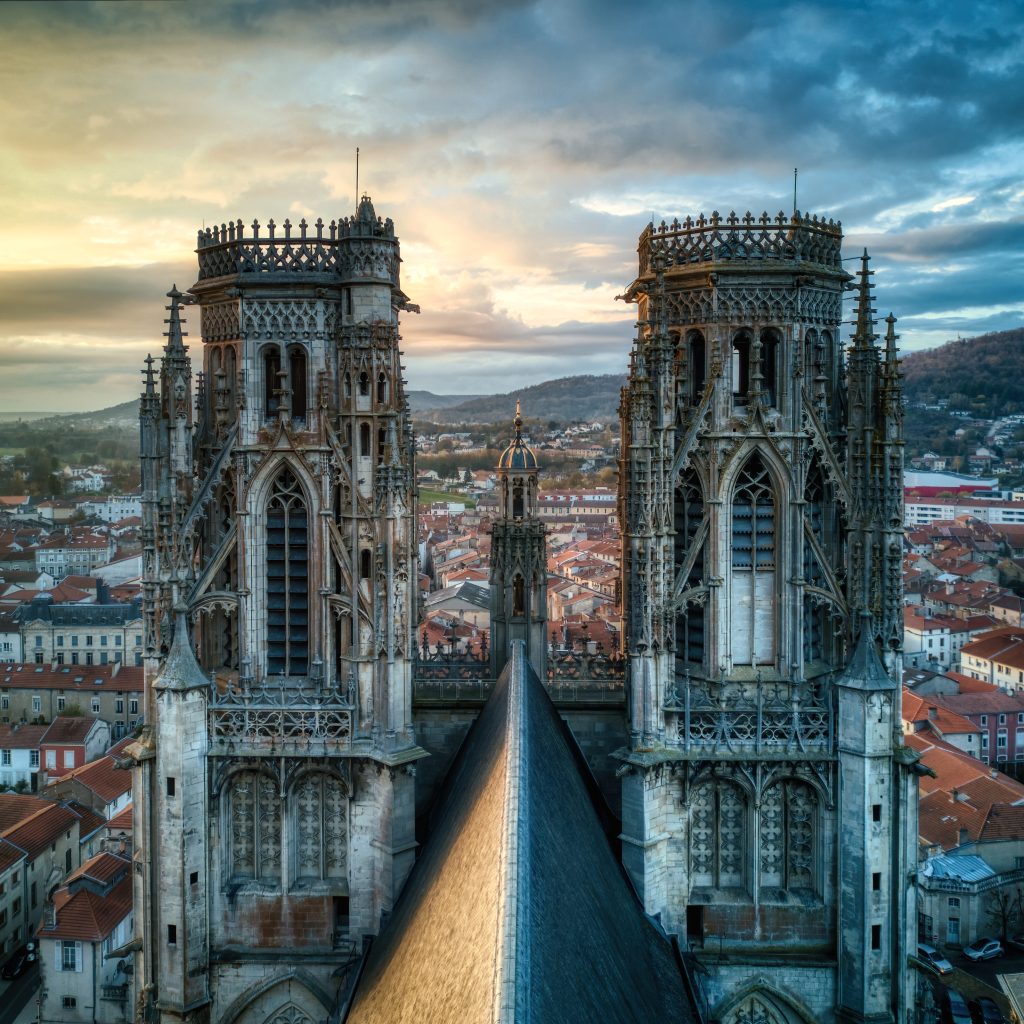
Saint Stephen's Cathedral and its cloister
3 centuries! That’s how long it took from the start of the cathedral’s construction in 1221 to its completion in 1496.
On the forecourt, admire one of France’s most beautiful Gothic facades. Inside, you’ll be amazed! Enjoy the elegance of the Gothic style, with its slender pillars leading to the restored vaulted ceiling. Discover stained-glass windows featuring historical figures and vivid colors. Travel through centuries: from Gothic to Renaissance, classical to contemporary style, with the high altar. Don’t forget the organ, which deserves a little calculation to estimate the number of pipes. On your way out, wander through the cloister’s massive galleries and discover its gargoyles distributing rainwater in the garden!
The Collegiate Church of Saint-Gengoult and its cloister
Saint-Gengoult was a nobleman from the entourage of Pepin Le Bref (714-768) who owned land in the Langres region. He was a great hunter, just and pious, who was murdered by his wife’s lover. Through this martyrdom, he became the patron saint of couples in difficulty and cheated husbands.
Located in the heart of the city, the collegiate church was the church of the bourgeoisie, who wanted to show their independence from the bishop. Built between 1240 and 1510, the building’s unsuspected treasures include 13th-century stained glass windows, a Renaissance door and a cloister combining Gothic and Renaissance styles. The four galleries give way to creativity: fabulous characters, flowers, humans and animals are sculpted wherever you look.
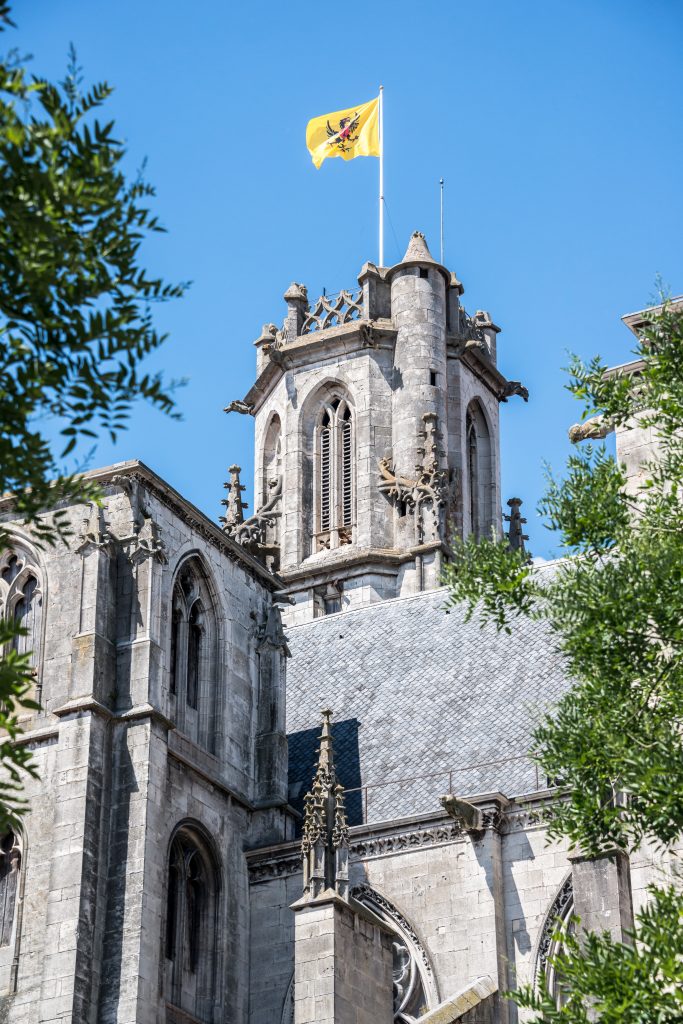
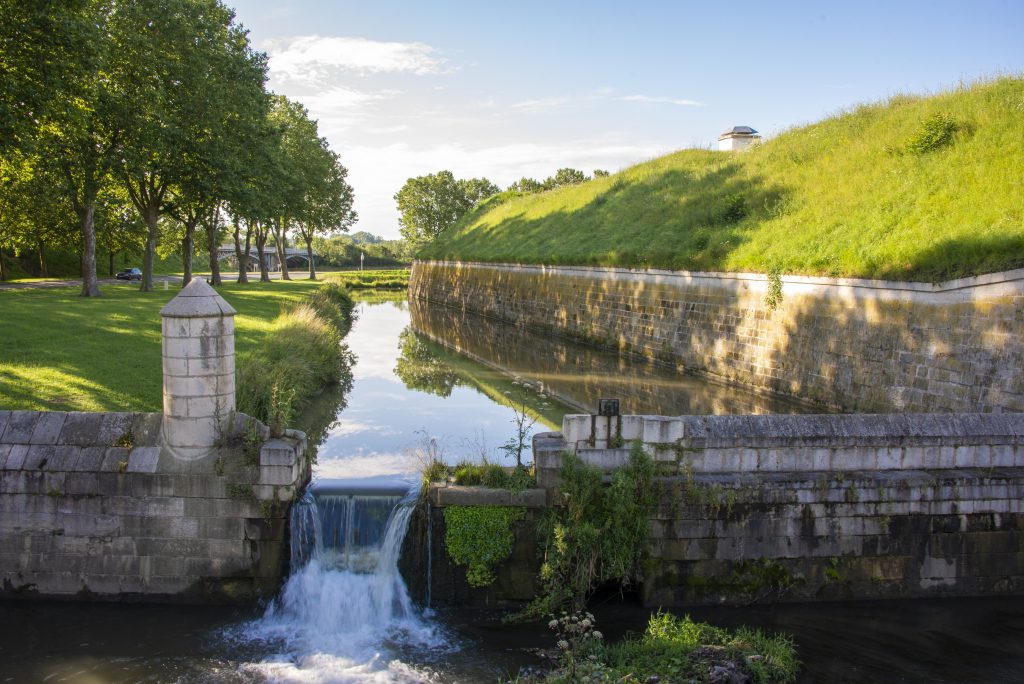
The fortifications
As a religious and military city, Toul is strategic! It lies between the Moselle and Ingressin rivers and on the Agrippa route (Roman road between Langres and Trier).
Toul is the only city in Lorraine to retain a city wall. Throughout its history, the city’s appearance has been marked by military architecture: ancient ramparts, medieval walls, then bastioned fortifications built by Vauban and refined by Séré de Rivières after the 1870 war.
The city was not attacked during the Great War, but was severely affected by the Second World War. Part of the fortifications have been preserved, along Boulevard Artistide Briand and behind the Port de France, two sites that can be explored on foot.
The former Episcopal Palace
The current city hall is the former episcopal palace. It was commissioned in 1739 by the Bishop of Toul, Scipion-Jérôme Bégon, who wanted a residence worthy of Toul’s prestigious status. Following the French Revolution and the abolition of the bishopric of Toul, the building was confiscated and purchased by the City of Toul to house the city hall, sub-prefecture and courthouse. In 1939 and 1940, two accidental fires damaged the building. Between 1972 and 1977, the building was restored in a contemporary style.
The palace is designed as a classical-style building between courtyard and garden. The main body is flanked by two wings closing off the courtyard. The left wing was dedicated to the kitchens and bakery, and the right one to various administrative offices. The rear façade, with its panelled dome, was inspired by Vaux-le-Vicomte castle. This half-rotunda was once the bishop’s auditorium.
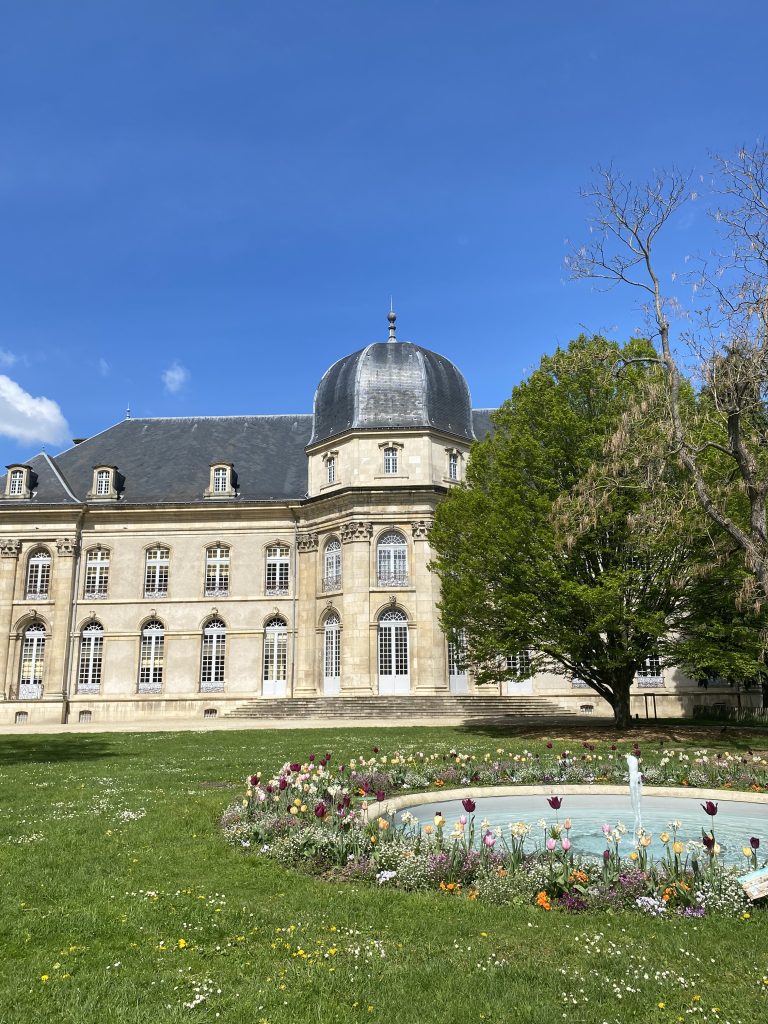
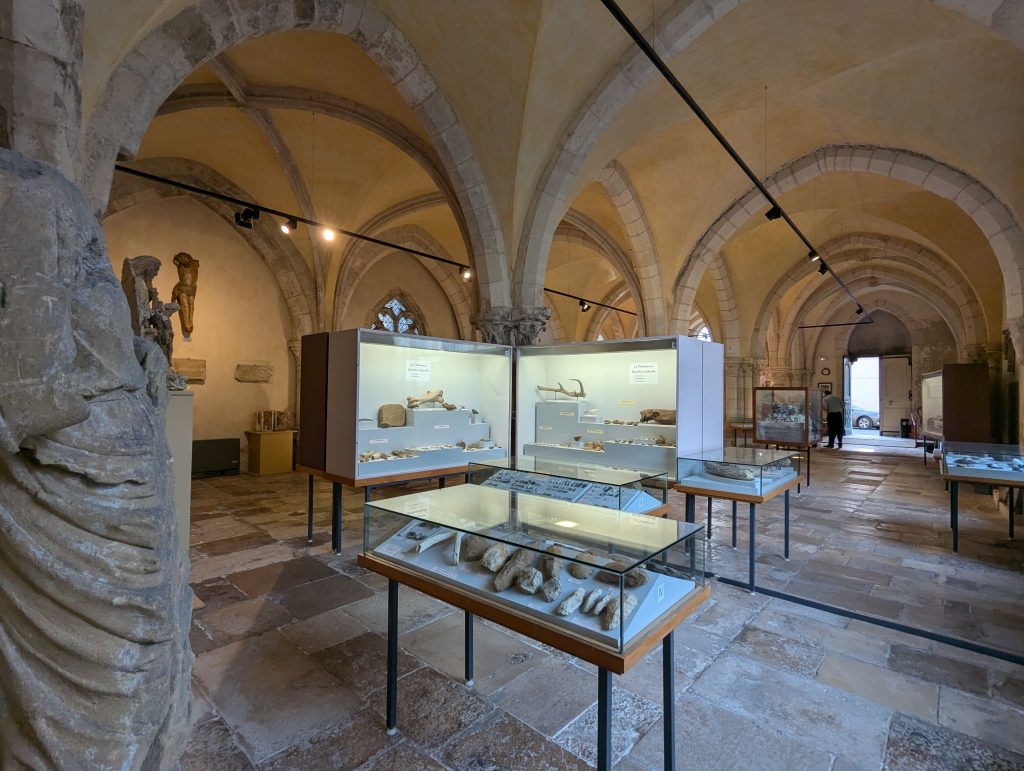
The Michel Hachet Museum of Art and History
Housed since 1985 in the former Maison-Dieu (hospital), the Museum of Art and History presents the history of Toul through the ages. Its varied collections come from all over the Toul region, shedding light on Toul’s past. Prehistory, Gallo-Roman period and medieval statuary are on the ground floor; tapestries, paintings and military history are on the 1st floor; and the top floor is devoted to the Toul-Bellevue earthenware factory, little known to the public today but prized in its heyday for its spectacular pieces.
As the building is currently being completely renovated, the collections are not very visible.